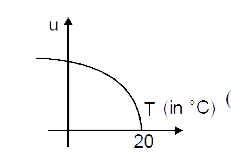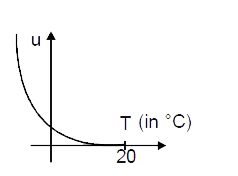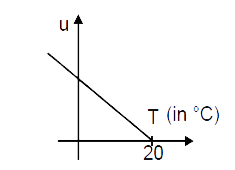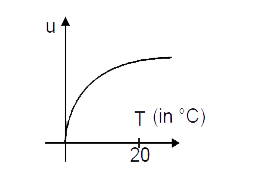A
B
C
D
Text Solution
AI Generated Solution
The correct Answer is:
|
Topper's Solved these Questions
ELASTICITY AND THERMAL EXPANSION
MOTION|Exercise Exercise -1 (Section C - Youngs Modulus, Poissions Ratio)|4 VideosView PlaylistELASTICITY AND THERMAL EXPANSION
MOTION|Exercise Exercise -1 (Section D - Thermal Expansion (Solid , Liquids & Gas) & types, Applications (Ex Bimetallic strip etc))|4 VideosView PlaylistELASTICITY AND THERMAL EXPANSION
MOTION|Exercise Exercise -1 (Section A - Stress & types, Strain & types + Types of Modulus + Energy Problems + Graphs)|6 VideosView PlaylistELASTICITY
MOTION|Exercise EXERCISE -3|60 VideosView PlaylistElectrical Instrument
MOTION|Exercise EXERCISE -3|16 VideosView Playlist
MOTION-ELASTICITY AND THERMAL EXPANSION-Exercise -1 (Section B - Thermal Stress, Hookes Law)
- A metal wire is clamped between two vertical walls. At 20^(@)C the uns...
09:14
|
Playing Now - The bulk modulus of copper is 1.4 xx 10^(11) Pa and the coefficient of...
03:56
|
Play - Which of the following are correct?
06:12
|
Play - A metal wire of length jl and area of cross - section A is fixed betwe...
02:13
|
Play - Two metal rods of the same length and area of cross-section are fixed ...
04:55
|
Play - Three rods of equal of length are joined to from an equilateral triang...
06:54
|
Play



